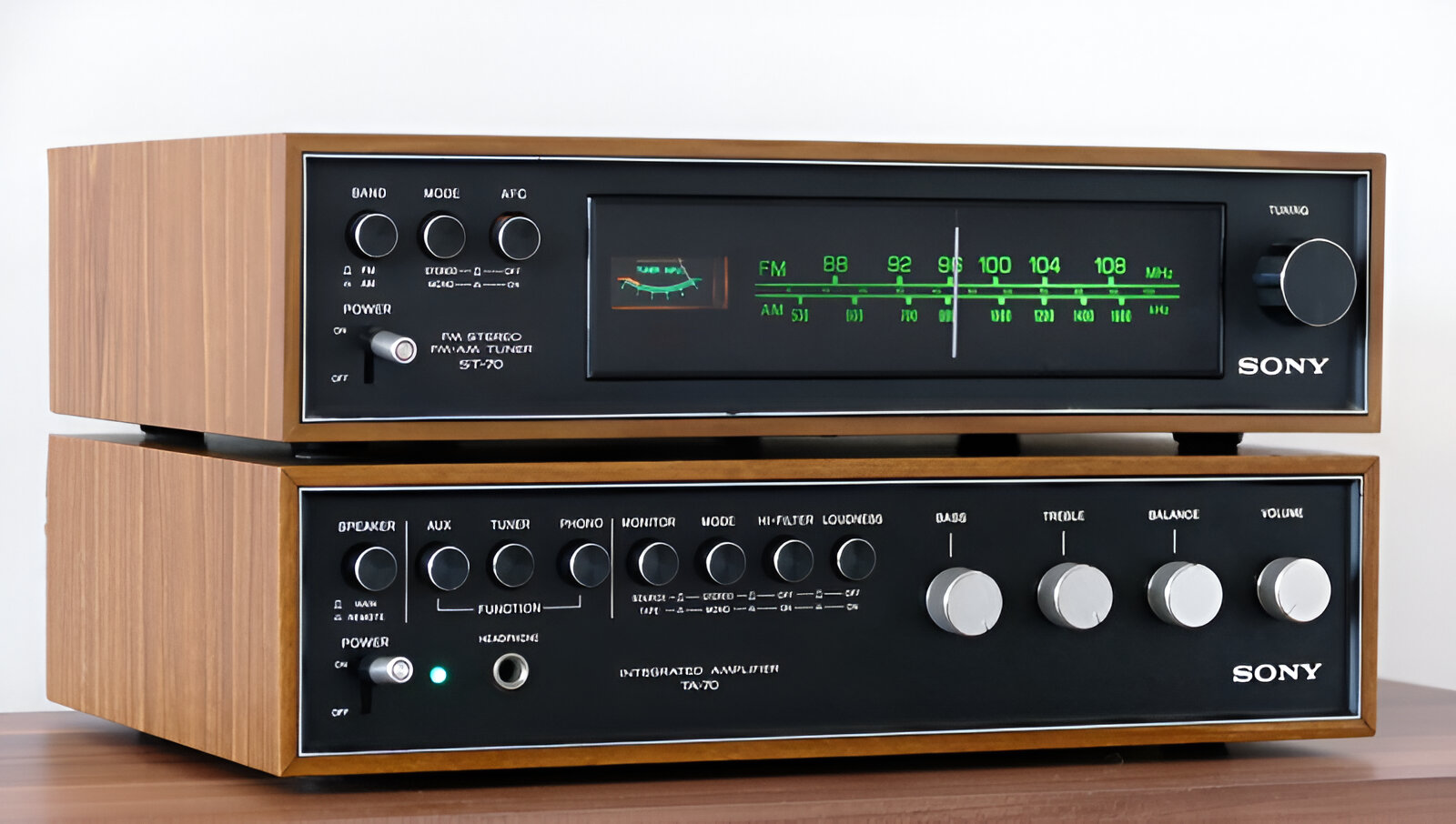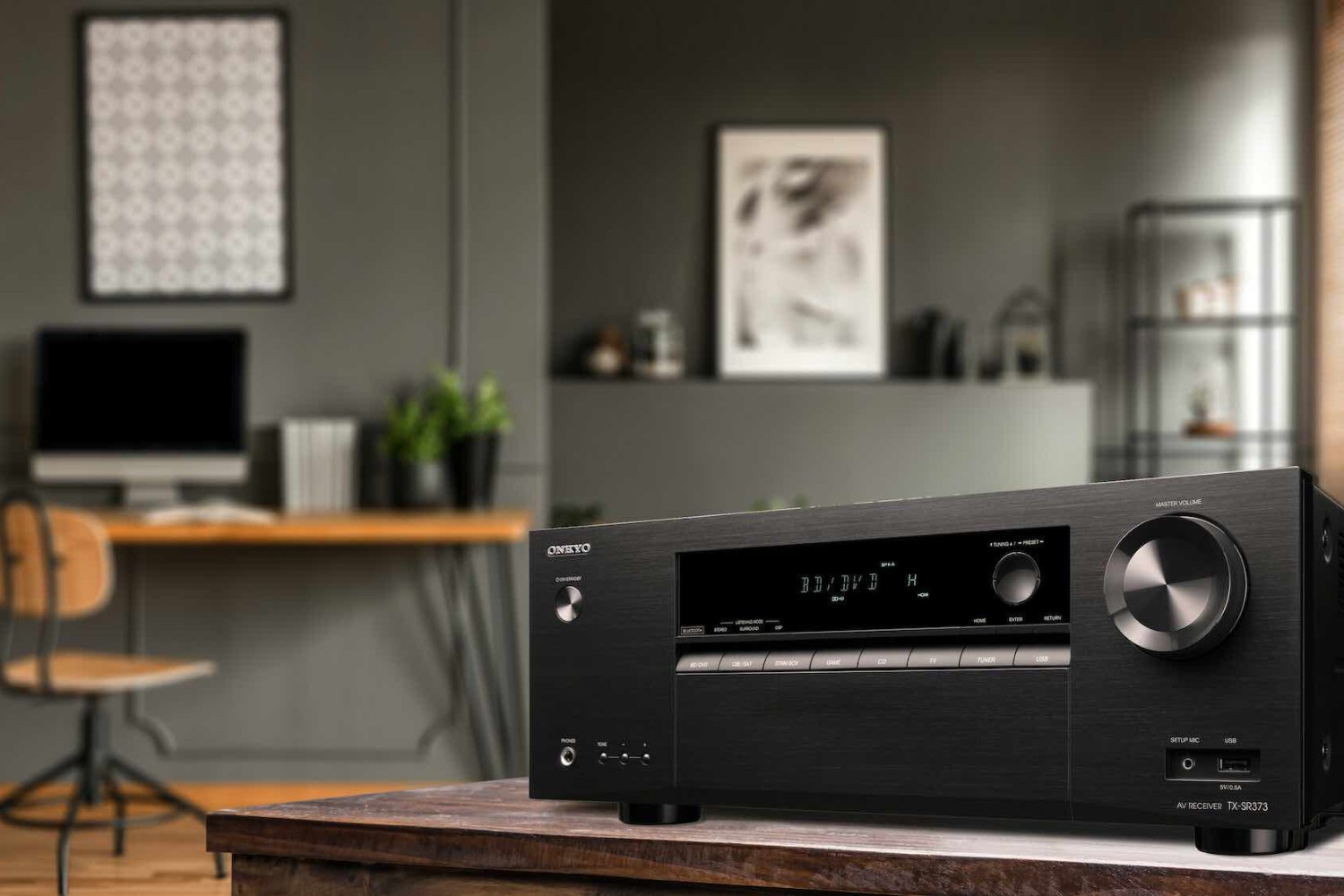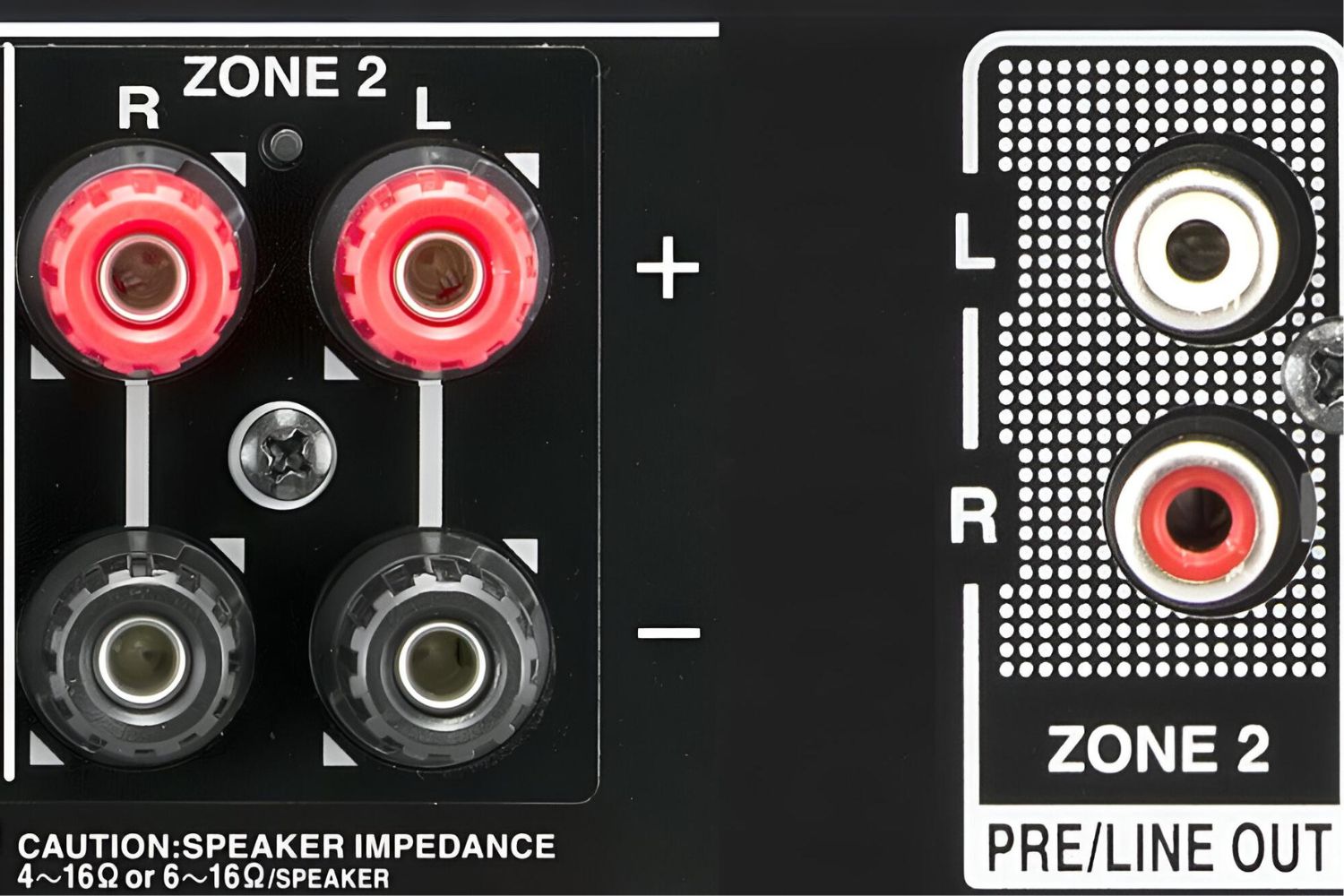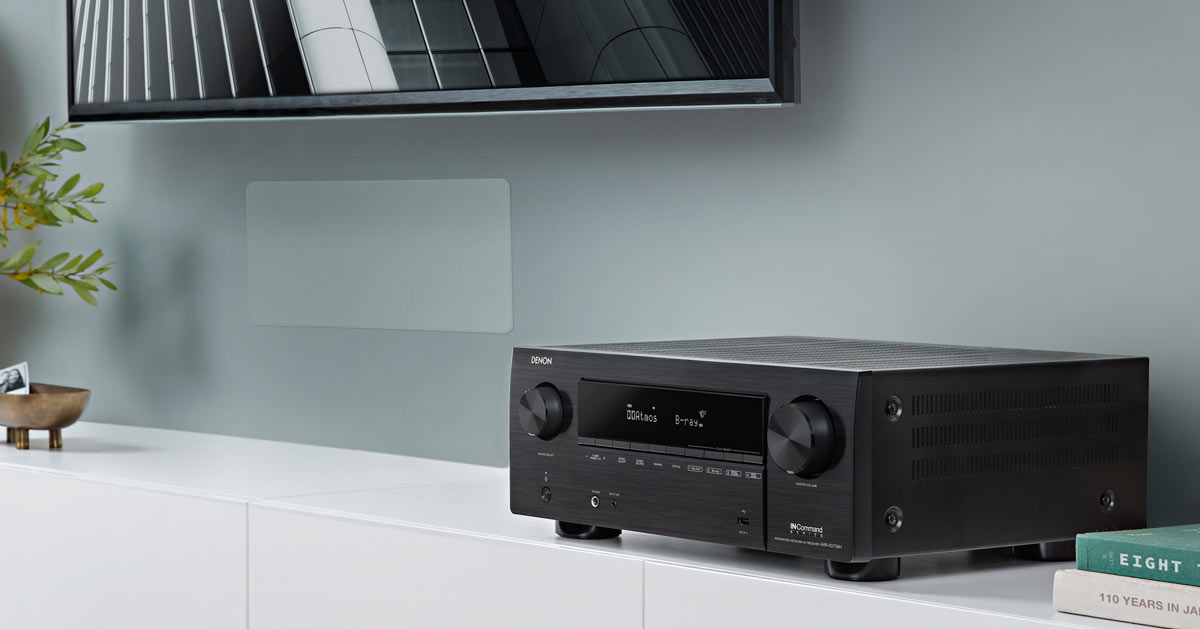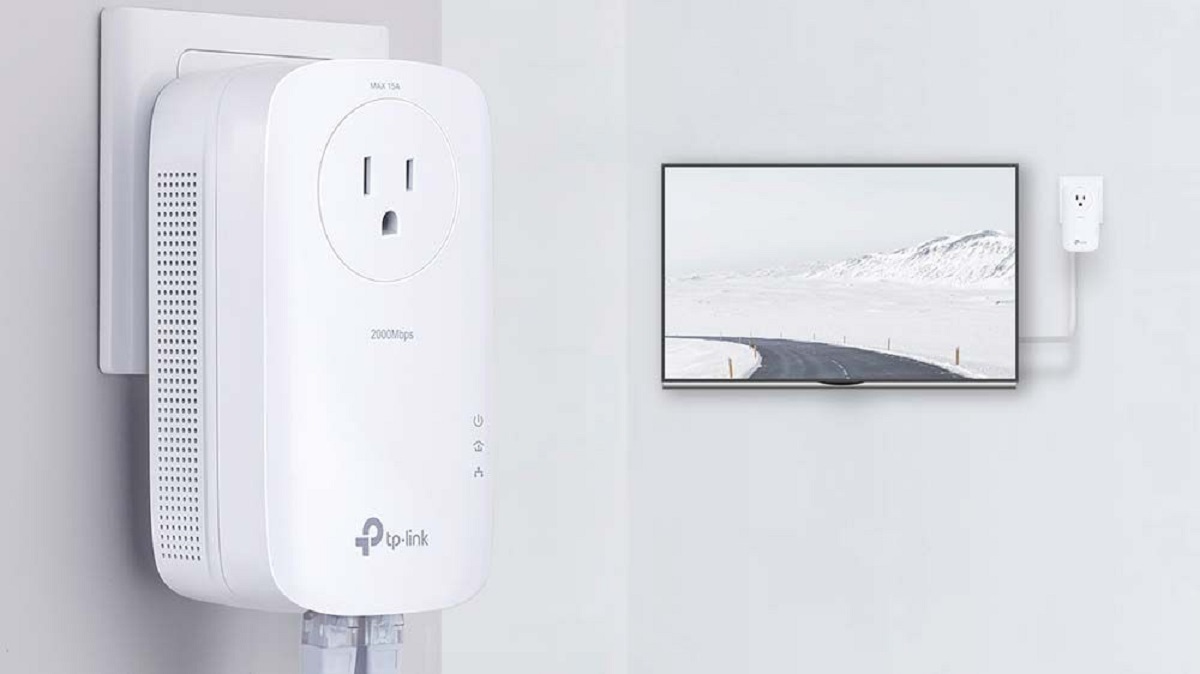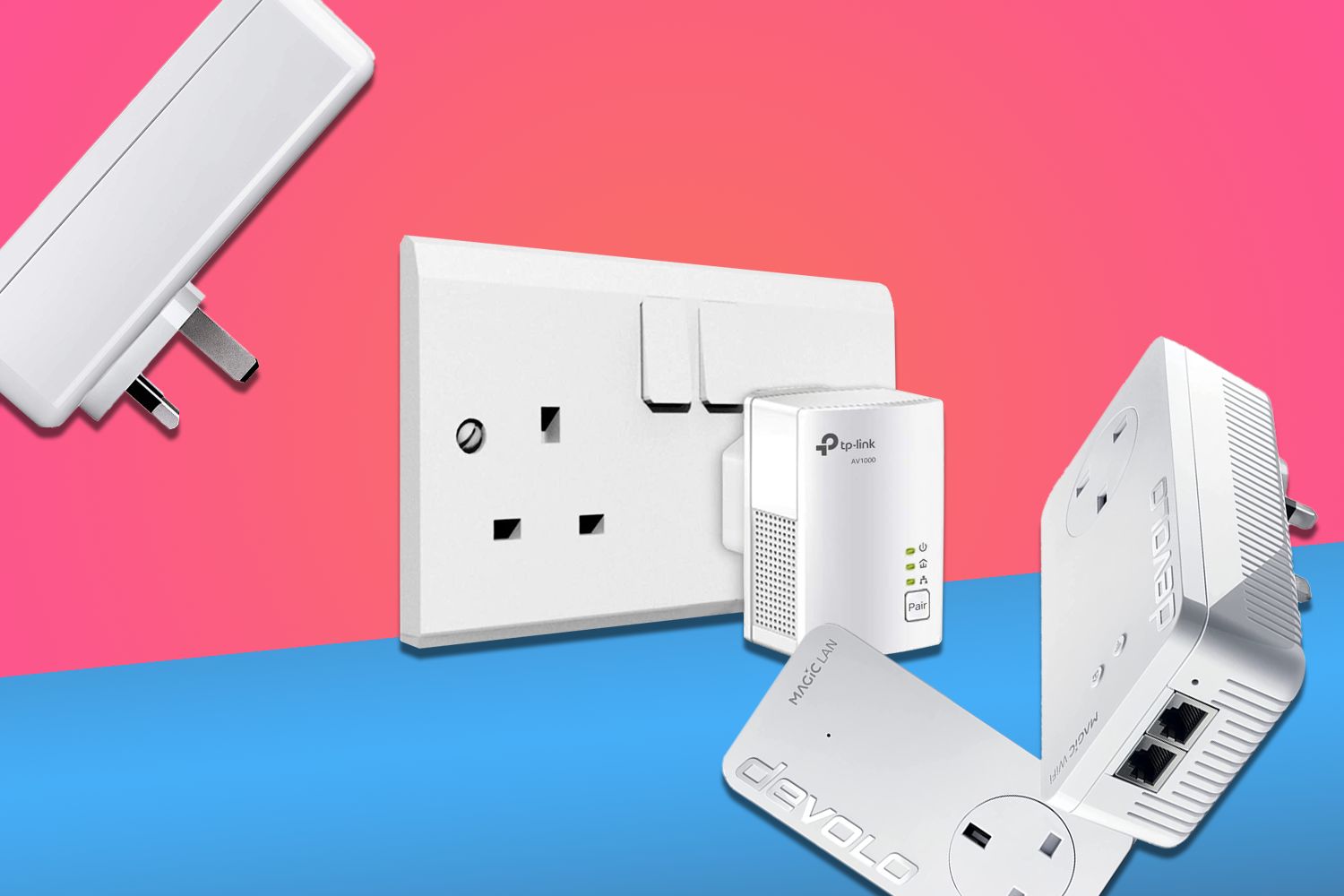Introduction
Are you eager to expand your home entertainment setup by setting up a dual-zone system with your old AV receiver? This comprehensive guide will equip you with the essential knowledge and step-by-step instructions to achieve this feat effortlessly. Whether you're hosting a party and want to play different music in various areas of your home or simply desire the flexibility to watch TV in one room while others enjoy music in another, a dual-zone setup can elevate your audio-visual experience to new heights.
In the following sections, we will delve into the intricacies of configuring your AV receiver for dual-zone functionality. From understanding the concept of dual-zone setups to checking the compatibility of your AV receiver and connecting and configuring it for dual-zone operation, this guide has you covered. Additionally, we will address common troubleshooting issues, ensuring that you can resolve any hiccups that may arise along the way.
By the end of this guide, you'll be well-versed in the art of setting up a dual-zone system with an old AV receiver, allowing you to maximize the potential of your existing equipment and create a more versatile and immersive home entertainment environment. Let's embark on this journey to unlock the full potential of your AV receiver and elevate your audio-visual experience.
Understanding Dual Zone Set Up
Before diving into the technical aspects of setting up a dual-zone system with your old AV receiver, it's crucial to grasp the fundamental concept of dual-zone operation. In essence, a dual-zone setup enables you to send audio and video signals to two distinct zones or areas within your home, allowing independent control and playback in each zone. This means you can enjoy different audio and video content simultaneously in separate areas, catering to the diverse entertainment preferences of your household or guests.
When setting up a dual-zone system, it's important to understand that not all AV receivers support this functionality. Therefore, it’s essential to ascertain whether your old AV receiver is capable of facilitating a dual-zone setup. Additionally, familiarizing yourself with the various input and output options available on your AV receiver will be instrumental in configuring the dual-zone system effectively.
Furthermore, comprehending the limitations and considerations associated with dual-zone setups, such as potential audio or video quality differences between zones and the impact on power distribution, will empower you to make informed decisions and optimize the performance of your dual-zone configuration.
By gaining a thorough understanding of the principles underpinning dual-zone setups, you’ll be better equipped to navigate the subsequent steps involved in setting up and configuring your AV receiver for dual-zone operation. This foundational knowledge will serve as a springboard for the practical aspects of the setup process, ensuring a smooth and successful implementation of your dual-zone system.
Checking Compatibility of Your AV Receiver
Before embarking on the journey to set up a dual-zone system with your old AV receiver, it’s imperative to assess the compatibility of your AV receiver with this functionality. Not all AV receivers are designed to support dual-zone operation, so conducting a thorough compatibility check is the first crucial step in this process.
Begin by consulting the user manual or conducting online research to determine whether your specific AV receiver model is equipped to handle dual-zone configurations. Look for information regarding dual-zone capabilities, including the number of zones supported, the types of audio and video signals that can be routed to each zone, and any limitations or special requirements for enabling dual-zone functionality.
Additionally, consider the age and technological specifications of your AV receiver. Older models may lack the necessary hardware and software features to support dual-zone setups, while newer models are more likely to offer this capability. Understanding the capabilities and limitations of your AV receiver will help you manage expectations and make informed decisions about the feasibility of setting up a dual-zone system with your existing equipment.
If you’re unable to find conclusive information about dual-zone compatibility for your AV receiver, reaching out to the manufacturer’s customer support or seeking advice from audio-visual experts can provide valuable insights. These sources can offer guidance on whether your AV receiver can be configured for dual-zone operation and recommend alternative solutions if necessary.
By thoroughly assessing the compatibility of your AV receiver with dual-zone setups, you’ll gain clarity on the feasibility of pursuing this configuration and be better prepared to proceed with confidence in the subsequent steps of the setup process.
Connecting and Configuring Your AV Receiver for Dual Zone
Once you’ve confirmed that your old AV receiver is compatible with dual-zone functionality, it’s time to embark on the process of connecting and configuring it to facilitate a dual-zone setup. This involves a series of systematic steps to ensure that audio and video signals can be transmitted to separate zones with independent control and playback capabilities.
Begin by identifying the audio and video output options available on your AV receiver. Depending on the model, you may have dedicated zone outputs or the ability to assign specific inputs to each zone. Familiarize yourself with the layout and labeling of these outputs to facilitate seamless connectivity.
Next, assess the layout of your home and determine the areas or zones where you intend to deploy the dual-zone system. This will inform the placement of speakers, displays, and other audio-visual equipment, allowing you to plan the routing of audio and video signals from the AV receiver to each zone effectively.
When connecting the AV receiver for dual-zone operation, ensure that the cabling and connections adhere to the recommended standards for audio and video transmission. Use high-quality cables to minimize signal degradation and optimize the audio-visual experience in each zone.
Once the physical connections are established, delve into the AV receiver’s settings and configuration menus to enable dual-zone functionality. This may involve assigning specific audio and video sources to each zone, adjusting volume levels independently, and activating any specialized features or modes tailored for dual-zone operation.
As you configure the AV receiver for dual-zone functionality, take advantage of any built-in calibration or optimization tools to fine-tune the audio and video output in each zone, ensuring an immersive and balanced entertainment experience throughout your home.
By meticulously connecting and configuring your AV receiver for dual-zone operation, you’ll lay the foundation for a versatile and dynamic home entertainment environment, where different zones can cater to diverse audio-visual preferences with ease and precision.
Troubleshooting Common Issues
While setting up a dual-zone system with an old AV receiver can significantly enhance your home entertainment experience, it’s important to anticipate and address common issues that may arise during the configuration process. By familiarizing yourself with potential challenges and their solutions, you can ensure a seamless and trouble-free operation of your dual-zone setup.
One prevalent issue encountered when configuring a dual-zone system is the mismatch of audio or video signals between zones, leading to discrepancies in the entertainment experience. This can often be attributed to incorrect input assignments or incompatible signal formats. To mitigate this, carefully review the input and output settings on your AV receiver, ensuring that audio and video signals are routed appropriately to each zone and that the formats are compatible with the connected equipment.
Another common challenge is the distribution of power and resources within the AV receiver to support dual-zone operation. If you encounter issues with insufficient power or compromised performance in one or both zones, consider optimizing the power allocation settings on the AV receiver, prioritizing critical zones or adjusting the overall power distribution to achieve a balanced and reliable operation.
Intermittent connectivity or signal dropout in one of the zones can also disrupt the dual-zone experience. This may stem from inadequate cabling, loose connections, or signal interference. Thoroughly inspect the cabling and connections, ensuring that they are secure and free from damage. Additionally, consider the placement of wireless transmitters and receivers, as well as potential sources of signal interference, to maintain stable and uninterrupted operation in each zone.
If you encounter challenges with the independent control and synchronization of audio and video playback in each zone, delve into the AV receiver’s settings to verify the configuration of zone-specific controls and playback options. Adjusting these settings and ensuring that they align with your intended usage scenarios can resolve issues related to control and synchronization, providing a seamless and tailored entertainment experience in each zone.
By proactively troubleshooting these common issues and implementing the recommended solutions, you can fortify the stability and performance of your dual-zone system, ensuring that it operates flawlessly and delivers a captivating audio-visual experience across multiple zones within your home.
Conclusion
Embarking on the journey to set up a dual-zone system with an old AV receiver is a rewarding endeavor that can transform your home entertainment experience. By understanding the fundamental principles of dual-zone operation, checking the compatibility of your AV receiver, and meticulously connecting and configuring it for dual-zone functionality, you can create a versatile and immersive audio-visual environment that caters to the diverse preferences of your household and guests.
Throughout this guide, we’ve explored the intricacies of dual-zone setups, emphasizing the importance of compatibility checks and strategic configurations to ensure a seamless and reliable operation. By addressing common troubleshooting issues and implementing the recommended solutions, you can fortify the stability and performance of your dual-zone system, ensuring that it operates flawlessly and delivers a captivating audio-visual experience across multiple zones within your home.
As you venture into the realm of dual-zone setups, remember that patience and attention to detail are key virtues. By leveraging the capabilities of your old AV receiver and embracing the possibilities of dual-zone functionality, you can unlock a new dimension of entertainment within your home, where different zones harmoniously coexist, each tailored to accommodate unique audio-visual experiences.
Ultimately, the successful establishment of a dual-zone system with your old AV receiver not only amplifies the enjoyment of music, movies, and other media but also exemplifies your adeptness in harnessing technology to enrich your living space. Embrace the journey, overcome challenges with confidence, and revel in the boundless potential of a dual-zone home entertainment setup.







